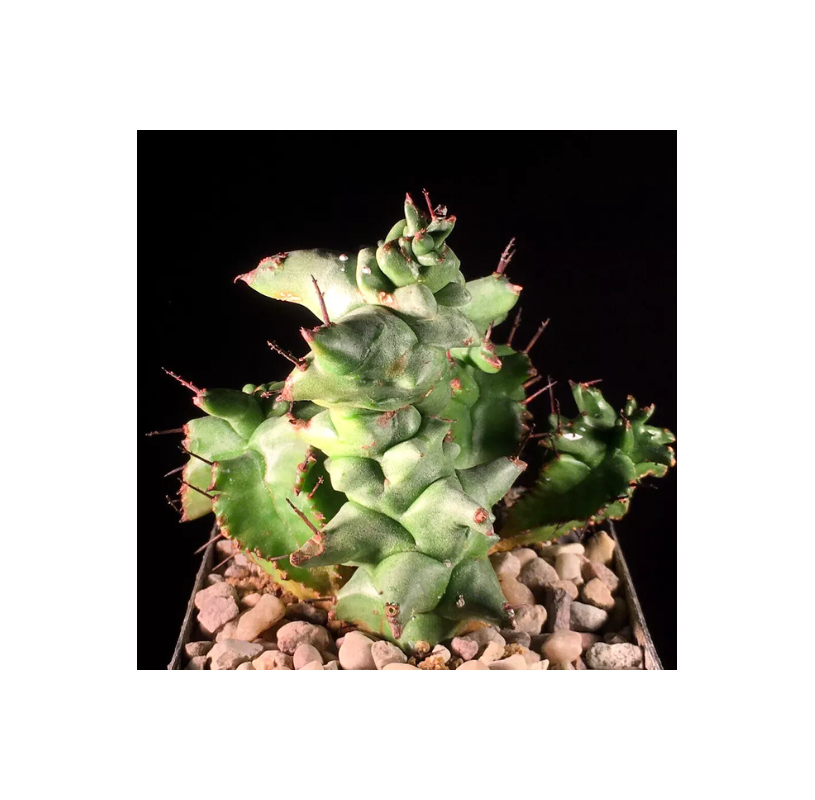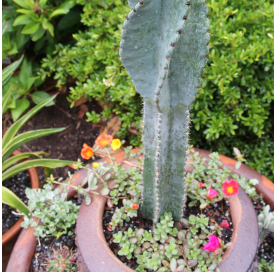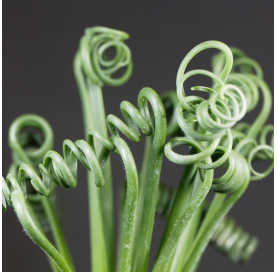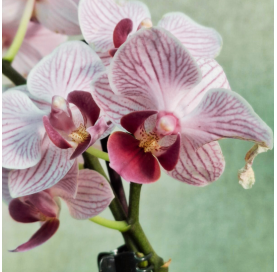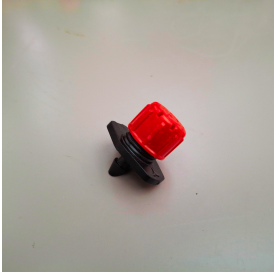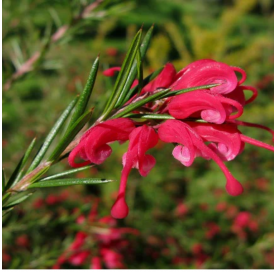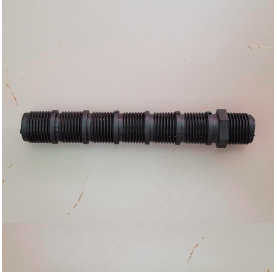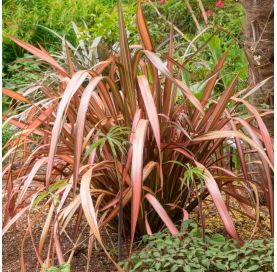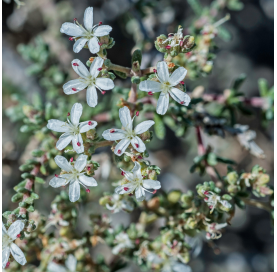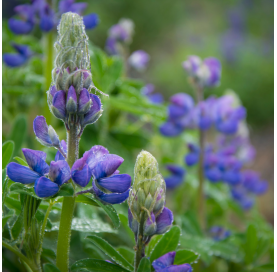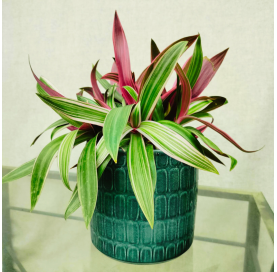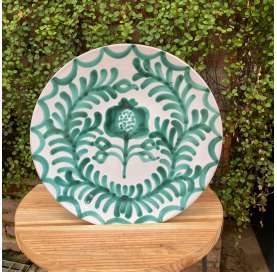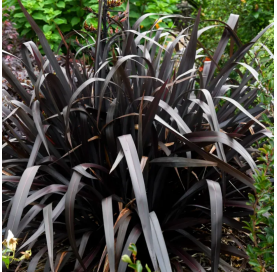Euphorbia Horrida Monstruosa - African Hedgehog Cactus
The Euphorbia horrida monstruosa, also known as the "African Hedgehog Cactus," is an exotic and hardy succulent native to South Africa. Its irregular growth and prominent spines make it a unique collector’s plant, perfect for sunny, low-maintenance environments. Its toxic sap requires careful handling.
 Encrypted payments for greater security
Encrypted payments for greater security
To reduce the plant's time in transit, shipments are made from Monday to Wednesday.


Shipping only to mainland Spain and mainland Portugal
The Euphorbia horrida var. monstruosa**, also known as the "African Hedgehog Cactus," is a unique succulent native to South Africa, valued for its exotic, twisted, and deformed appearance, hence the name "monstruosa." While it resembles a cactus due to its spines, it belongs to the Euphorbiaceae family, not the cactus family.
Description
Euphorbia horrida monstruosa is a compact succulent with thick, blue-green to gray-green stems that grow in an irregular, “monstrous” form. This variety's appearance is characterized by prominent ribs covered in clusters of reddish-brown to brown spines. Unlike other plants, its unique growth pattern varies greatly from plant to plant. Although it rarely blooms indoors, it may produce small yellow or greenish flowers on the stem tips in outdoor conditions.
Origin and History
This plant is native to the dry regions of South Africa, particularly in the Western and Northern Cape provinces. The "monstruosa" variant is popular among collectors due to its unique, irregular shape, which is a result of a natural genetic mutation. Its hardy nature and distinctive appearance make it an interesting addition to any plant collection.
Care
Euphorbia horrida monstruosa is low-maintenance and very resilient, well-suited for dry, sunny environments.
- Location: It thrives in direct sunlight or at least bright, indirect light. Ideal for warm, dry climates, it can also grow indoors as long as it receives ample sunlight.
- Soil: Like other succulents, it requires sandy, well-draining soil. A cactus or succulent mix works best to prevent water buildup in the roots.
- Temperature: Prefers warm temperatures and can handle heat well. Sensitive to extreme cold, it should be kept above 5°C (41°F) during winter.
Watering
Euphorbia horrida monstruosa is highly drought-tolerant and should be watered sparingly. In spring and summer, water only when the soil is completely dry. In fall and winter, reduce watering significantly as the plant enters a dormant phase and needs minimal water.
Pruning
This plant generally does not require pruning, though any damaged parts can be trimmed carefully. Always handle the plant with gloves, as its sap is toxic and can irritate the skin and eyes.
Fun Facts
- Genetic Mutation: The “monstruosa” form is a result of a natural mutation, giving each plant its unique, twisted appearance.
- Toxic Sap: Like many Euphorbias, it produces a milky sap that is toxic if ingested and can irritate the skin, so handle with care.
- Drought Resistance: Thanks to its origins in dry climates, it is highly drought-resistant, making it ideal for low-maintenance gardening.
Euphorbia horrida monstruosa is a fantastic choice for those looking for an unusual, exotic, and resilient plant that is well-suited to both indoor and outdoor cultivation in warm climates.
Data sheet
- Name
- Euphorbia Horrida Monstruosa - Cactus del Erizo Africano
- Origen
- South Africa
- Height
- It can reach between 30 and 90 cm, depending on growing conditions.
- Colour
- Grayish-green or blue-green, with prominent ribs covered in short spines ranging from brown to red.
- Location
- Requires bright light and can tolerate direct sunlight.
- Irrigation
- Moderate.
- Applications
- It produces a milky sap that is toxic and irritating to skin and eyes, so it’s best handled with gloves and kept out of reach of children and pets.
- Note
- This plant is highly valued as an ornamental in cactus and succulent gardens and in exotic plant collections.
12 other products in the same category:
-
Spiral cactus€6.00
-
-
Mini Mauve Orchid€12.00
-
Red irrigation dripper€0.25
-
Grevillea clearview€27.00
-
Cut-to-size spool 1/2€0.80
-
Phornium pink flamingo€0.00
-
Frankenia€8.20
-
-
Tradescantia spathacea in...€20.50
-
Plato colgar granadino 35cm€21.00
-
Phornium platts black€33.00

 English
English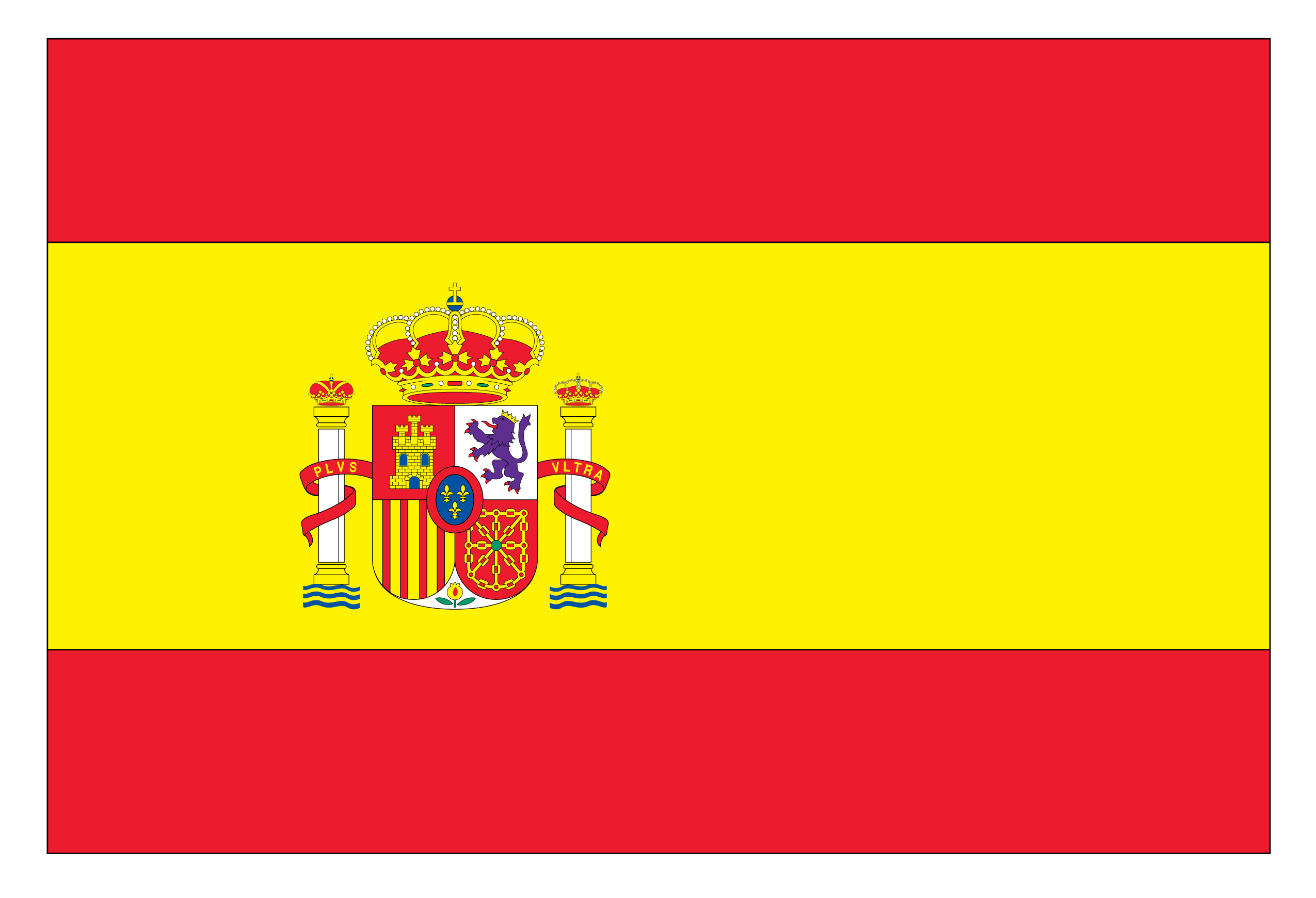 Spanish
Spanish